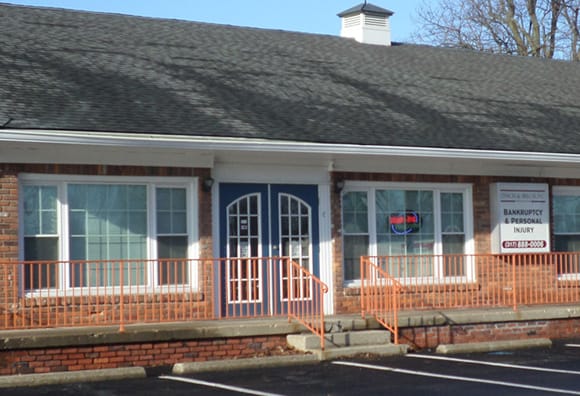People who are struggling with debt may be reluctant to file for bankruptcy because they cannot fathom the possibility of losing their home or vehicle. However, it is possible for many people who file for bankruptcy to keep both their house and their car.
Bankruptcy exemptions
Chapter 7 bankruptcy allows for the forgiveness of certain dischargeable debts, including credit card balances and medical bills. However, you will have to give up property that is not covered by a bankruptcy exemption. You must live in Indiana for at least 730 days before filing for bankruptcy to use Indiana’s exemptions.
Under Indiana law, there are two main exemptions you can use to protect your house and car if you file for Chapter 7 bankruptcy.
- Homestead exemption: Under this exemption, you can protect up to $22,750 of the equity you have in your personal residence ($38,600 for joint owners). You will likely need to keep up on your mortgage payments to ensure that you keep your house.
- Wildcard exemption: Under this exemption, you can use a $12,100 exemption on any property you own other than real estate, including your vehicle.
Repayment plan under Chapter 13 bankruptcy
The best way to protect your house and car may be to file for Chapter 13 bankruptcy. Under Chapter 13 bankruptcy, you can come up with a repayment plan to pay creditors back over a three- to five-year period. Creditors are not permitted to attempt to collect your debt during this time.
The above exemptions also apply to Chapter 13 bankruptcy. You can pay for the value of the nonexempt property equity in your plan and maintain possession of your home and/or car.
Filing for bankruptcy does not mean that you have to lose everything. There are several possible ways to keep your house, car, and other valuables while you get your finances in order.


